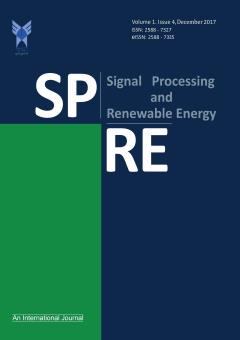Using the Electrocardiogram Signal to Identify and Detection Heart Diseases by Combining Time and Frequency Characteristics
Subject Areas : BioElectric
Mohamad Reza Yousefi
1
![]() ,
Zahra Khodadadi
2
,
Zahra Khodadadi
2
![]() ,
Amin Dehghani
3
,
Amin Dehghani
3
1 - Department of Electrical Engineering, Najafabad Branch, Islamic Azad University,
Najafabad, Iran
2 - Department of Electrical Engineering, Najafabad Branch, Islamic Azad University, Najafabad, Iran
3 - Department of Psychological and Brain Sciences, Dartmouth College, Hanover, NH, USA
Keywords: electrocardiogram, heart disease classification, k nearest neighbor, support vector machine, neural network,
Abstract :
One highly valuable tool for diagnosing heart diseases is the Electrocardiogram (ECG). This method involves recording the electrical signals emitted by the heart, using electrodes placed on the chest and various organs. The primary objective of this project is to employ digital signal pro-cessing of ECG signals to classify and diagnose heart diseases. The conditions that can be classi-fied through this digital processing of ECG signals encompass arrhythmia, atrioventricular block, cardiomyopathy, bundle branch block, and more. Therefore, this study primarily focuses on the classification and diagnosis of some of these heart diseases. The Pan-Tompkins algorithm is em-ployed in this study to detect the QRS complex in the ECG signals. Various classification algo-rithms, such as K-nearest neighbor, support vector machine, decision tree, and neural network, have been utilized to classify these signals. The digital processing of ECG signals is conducted using MATLAB software. The ECG signals utilized in this project were sourced from the PTB Diagnostic database available at physionet.org. Ultimately, the K-NN classifier with an F-criterion of 0.88 and a K-value of 20 demonstrated the most robust performance in classifying these heart diseases.


